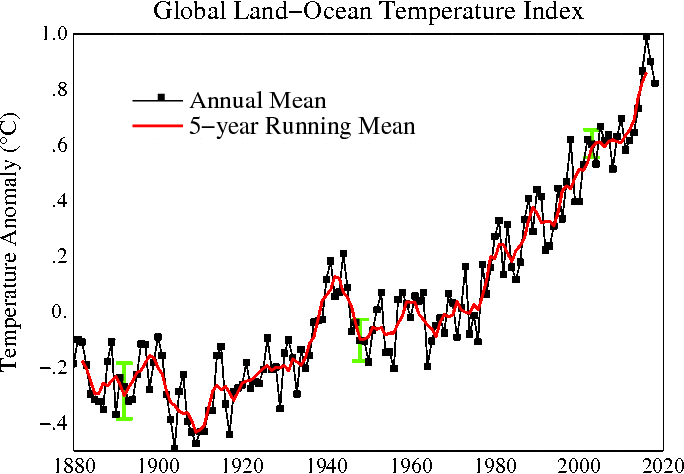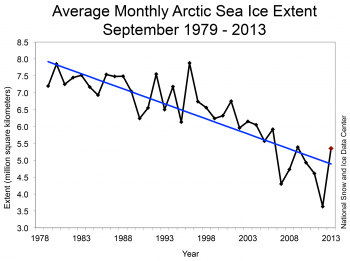Half of North America’s bird species, from common backyard visitors like the Baltimore oriole and the rufous hummingbird to wilderness dwellers such as the common loon and bald eagle, are under threat from climate change and many could become extinct, a study said. If present trends continue, 314 species face dramatic declines in population as warmer temperatures push birds out of their traditional ranges. Ten states and Washington could lose their state birds, the study said. “It is hard to imagine that we are not going to lose some of these birds permanently,” said Gary Langham, head scientist for the National Audubon Society and leader of the seven-year study. “The scale of disruption we are projecting means that many familiar sounds, and many familiar birds that people may see in their backyards and on their walks, that help them define a place for them, may no longer be there.”
The findings are much bleaker than a US government report in 2010 on the fate of North America’s birds, which suggested ocean and Arctic birds would be the most vulnerable to climate change. An updated version of that report was due out yesterday. The Audubon researchers said that on present trends, 126 of the 588 bird species in the study would lose more than half of their traditional ranges and would go into decline by mid-century. Another 188 species would lose their range by 2080.
A bald eagle returns to its nest after catching a fish at the Conowingo Dam on the Susquehanna River in the US state of Maryland
Maryland would lose the Baltimore oriole, the mascot for the baseball team as well as the state bird, which would no longer be able to breed in the mid-Atlantic. Louisiana’s brown pelican is under threat and Minnesota would lose the common loon, its state bird, which would be unable to survive in the continental US. Idaho, Mississippi, New Hampshire, Nevada, Pennsylvania, Utah, Vermont and Washington DC would also lose their state birds, the study said. The bald eagle, once considered a success story for US conservation, could lose 75 percent of its range by 2080. Some birds, such as the trumpeter swan, would lose virtually all of their range toward the end of the century, the study said. The study said 274 birds would maintain or increase their ranges under climate change. However, even if the birds find room to expand, they could face renewed competition from other species, as well as new predators.
The researchers drew on more than a century of observations from birdwatchers, as well as a 40-year historical record from the US Geological Survey, combining the data with 17 climate models. Audubon chief executive David Yarnold described the findings as a “call to action.” The group is calling for reductions in carbon dioxide emissions, as well as measures to preserve habitats and give the birds a better chance of survival. Langham said that the study did not take into account other factors associated with climate change such as rising sea levels, which can flood marshes and other bird habitats with saltwater; drought, which can kill off insects and other food sources; or extreme storms. As a result, it was likely to be a conservative assessment of the threats facing birdlife, he said.
Climate change threatens 50 of US birds - Taipei Times







